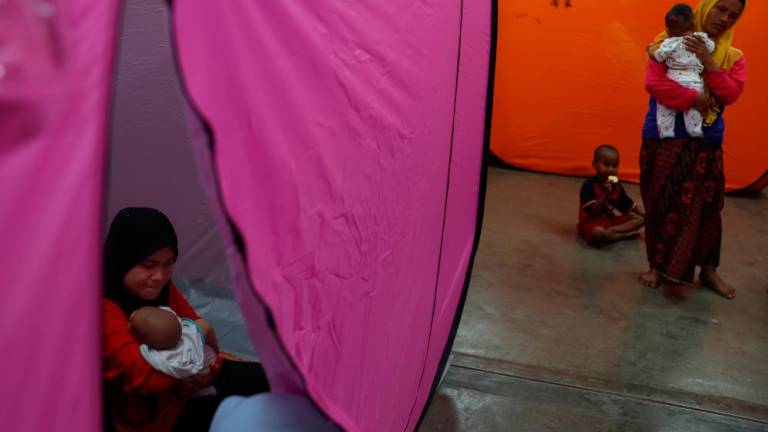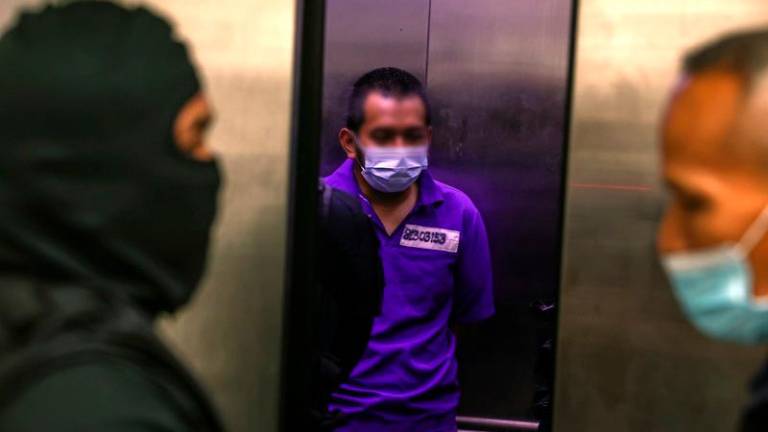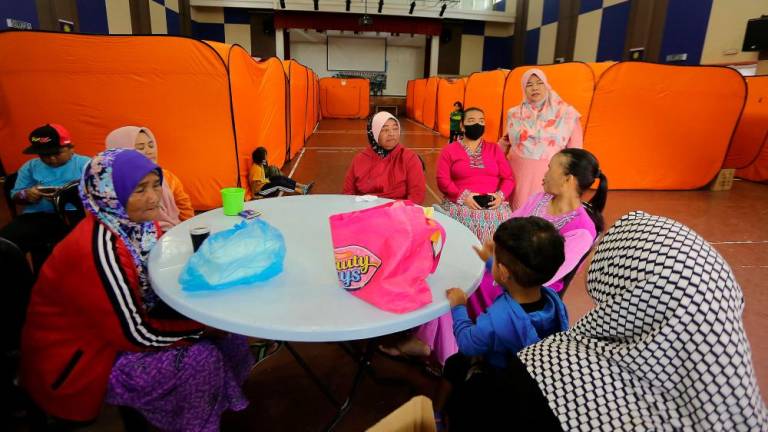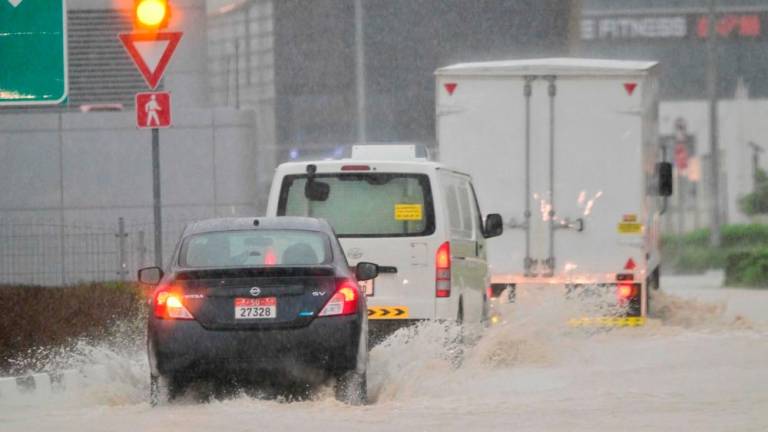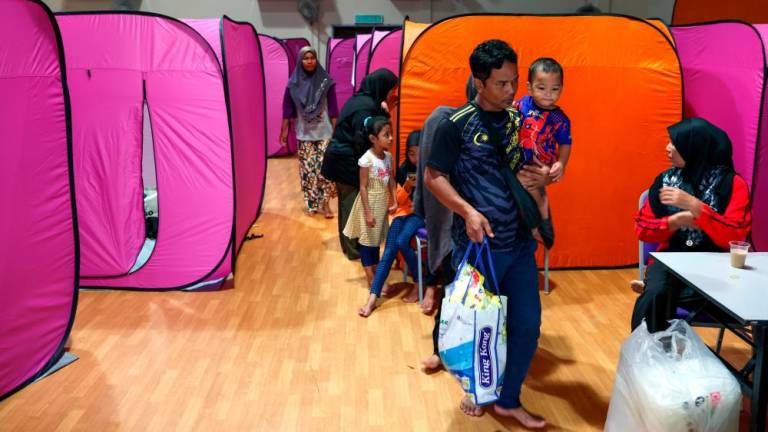PETALING JAYA: Malaysia, which hopes to have at least five smart cities established in the country by 2025, could take a page from China’s experience in digitalisation and enhance collaboration in the area of digital space, particularly in the area of smart cities, said Minister in the Prime Minister’s Department (Economy) Datuk Seri Mustapa Mohamed.
“Malaysia has just outlined our plans via the digital (economy) blueprint, in which the government has stated its intention to introduce an enhanced mechanism to accelerate the roll-out of smart cities,“ Mustapa said at the “Digital City Development in the Post Covid Era” virtual forum this week.
He said the Covid-19 pandemic had accelerated people’s reliance on technology especially those who live in the cities.
“The pandemic has transformed behaviour and expectations and has redefined the way urban people work and live. Let’s use this opportunity to explore the way forward for Malaysia in embracing change and transformation of our urban centres.”
Smart cities can be defined as urban and breathable cities with technological innovation to provide better lives for their inhabitants.
“Smart cities can improve the welfare of urban dwellers in many ways such as efficient organisation, personal safety, connectivity, environmental conservation can all be improved in a smart city,” Mustapa said, having witnessed the massive transformation of China which is at the forefront of digitalisation and modern technology after decades of backbreaking poverty.
China’s megacities like Shanghai, Shenzhen, Hangzhou, and Beijing are rapidly scaling up smart city projects by heavily investing in ICT infrastructure combined with technologically integrated public services. Significant investment in foundational infrastructure for building smart cities has been made in China over the past decade.
“These cities are now starting to reap the benefits in the form of improved delivery of services, cost-saving and ever more connected citizens. For example, in Hangzhou, the cloud computing arm of tech giant Alibaba has helped the city to improve travelling time by 15% through the use of technologically innovative traffic lights.”
He said Malaysia aims to increase partnership to create breathable cities as well as industry and technology partners to help with the development of smart cities to offer Malaysian citizens quality jobs and fulfilling lives.
The forum co-hosted by the Associated Chinese Chambers of Commerce and Industry of Malaysia (ACCCIM) and think tank Anbound gathered several international experts to share their views and insights on the opportunities and challenges in the current and future world in line with the government’s initiative to develop the country into a digitally-driven, high-income nation, and a regional leader in the digital economy under its 10-year Digital Economy Blueprint.
ACCCIM president Tan Sri Ter Leong Yap said businesses need to examine the balance between what appears to be a lasting shift towards remote working and the advantages of a physical workplace. In this Covid-19 era, digitalisation has shown great potential in terms of transferring urban activities and interactions from the physical space to digital environments.
“In the real estate industry, there is a need to determine the role of digital technology to help bring back tenants, where new operating and business models are required.
“It is highly likely that a hybrid model featuring being in the office for important physical meetings and remote working will become the new normal,“ Ter said.
The forum’s panel speaker Richard Voith, who is an expert in real estate economics, transportation, and applied microeconomics in the US, said in terms of future investment, the highest return public investment would be more focused on investment in high tech and high-quality transit, smart city technologies that ensure safe and high-quality urban environments as well as in education, human capital development, and affordable housing.
He added that the future of post-pandemic urbanisation have three possible scenarios.
“The first scenario sees declining density, consequently there would be a diminished value of existing public infrastructure, as well as land and built asset value, yet there would be increases in the value of new locations.
“In the second scenario, there would be the return to normal with economic recovery after mass vaccination rollout. Yet, cities are constantly changing and there is no “normal” per se, and it would be more of adjustments in multiple dimensions.
“The third scenario sees then expansion of policy and tech-savvy cities, where remote work technology allows greater freedom of locations for both people and firms,“ he said.










